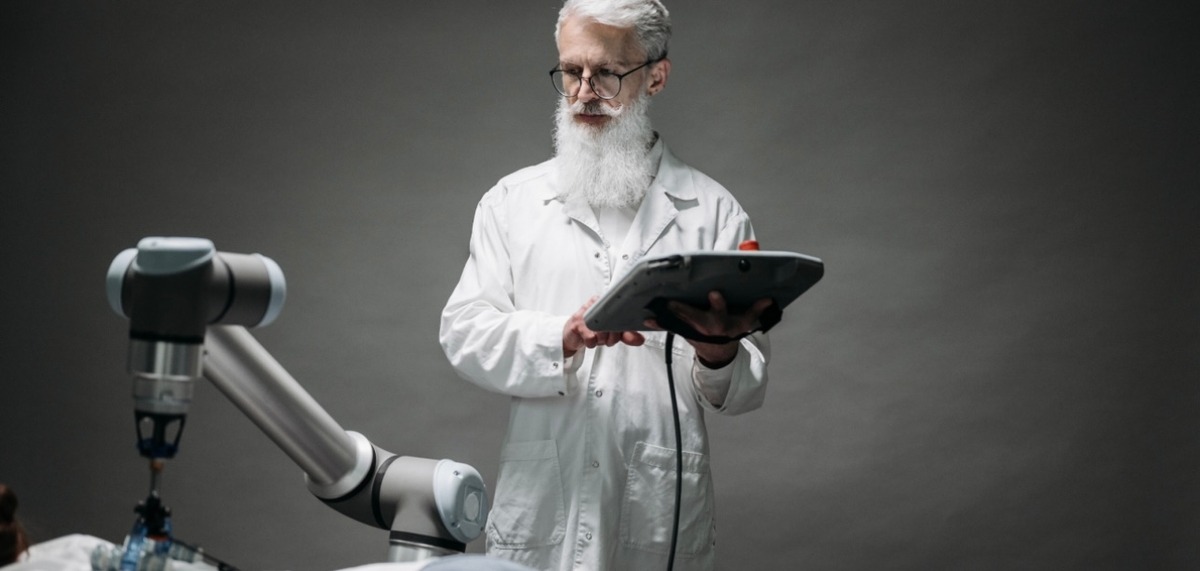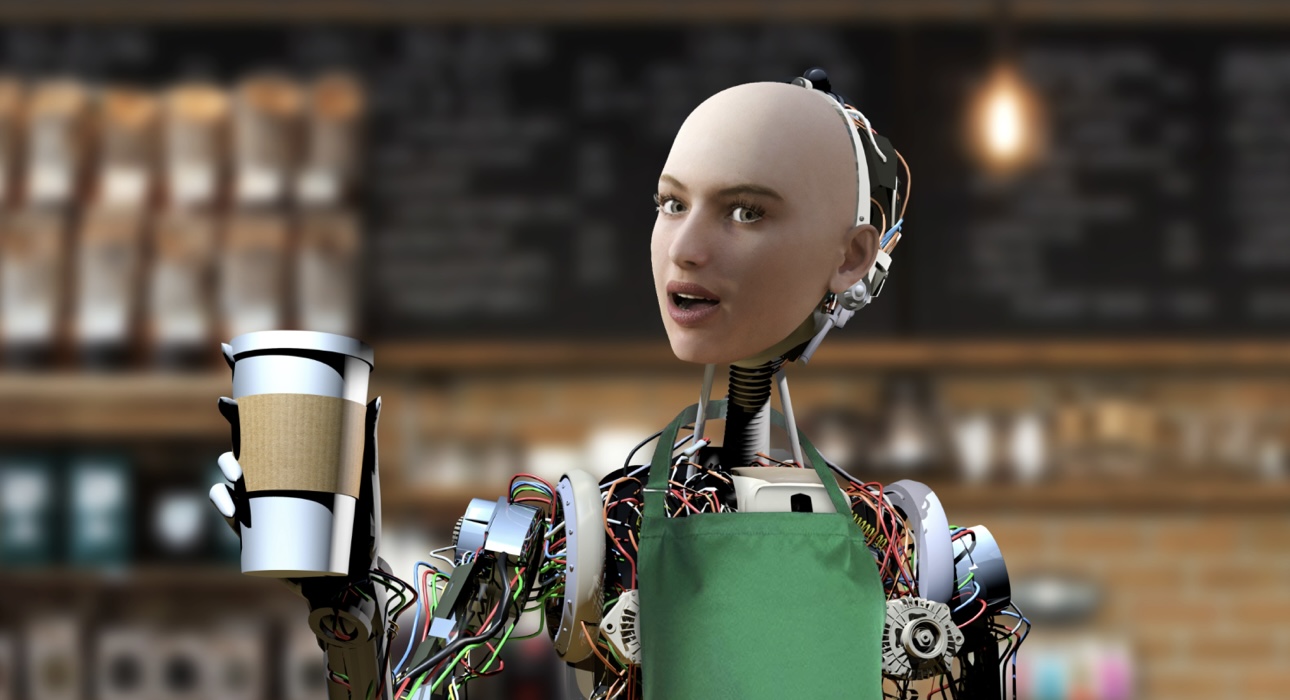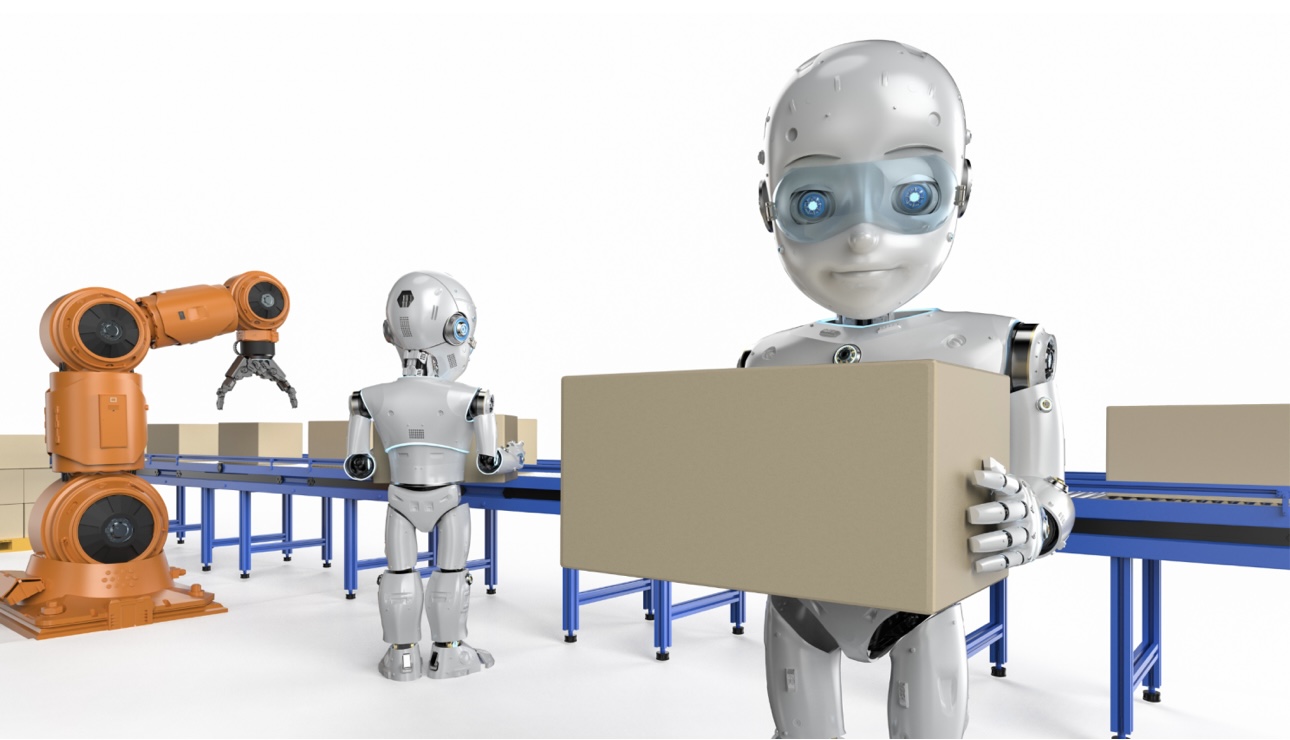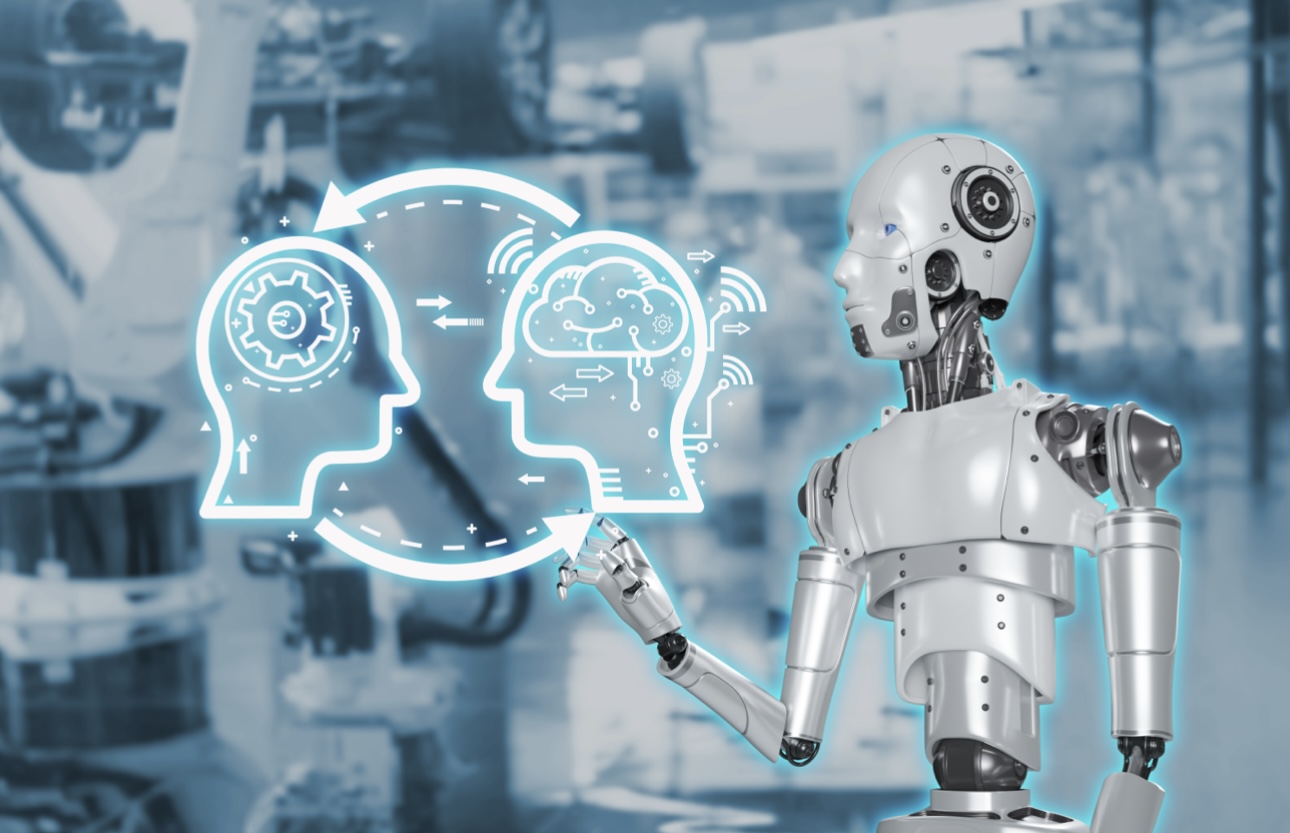Challenges in Human-Robot Interaction and How to Overcome Them

HRI is a field that studies the interactions, teamwork, and living side by side of both humans and robots. As robots take on more roles in health, manufacturing, schools, and personal homes, it is now more crucial than ever for humans and robots to communicate smoothly. The aim of HRI is to keep interactions flowing smoothly and both the parties gain something valuable. Even so, certain issues are still slowing the process of integration. They are challenges like having trouble communicating, trust and ethical problems, risks to a person’s safety, being not fully aware of emotions, adjustment difficulties, concerns about data privacy, physical boundaries, and expenses. For example, robots can have trouble understanding words people speak, sensing their moods, or acting in a human-like way when they react unexpectedly. Furthermore, because some doubt both the safety and the ethics of robot-controlled decisions, users are sometimes hesitant to use the technology. Another major concern is safety, as there may be times when humans and robots are nearby each other. To overcome these challenges, researchers are working on things like better ways to handle natural language, faster learning systems that can keep up with new data, making rules about what's right and wrong, and setting strong safety systems in place. As robots and AI develop further, they are likely to forge more natural and supportive relationships with humans that help everyone and society as a whole.
1. Communication and Language Barriers
Being able to communicate effectively is basic to achieving success in HRI. However, it is often hard for robots to read the more subtle aspects in human speech and gestures.
Challenges:
Natural Language Processing (NLP): robots could fail to pick up on people’s slightly informal, accented, or situation-specific language.
Non-verbal Cues: Recognizing gestures, expressions, and body language still poses a challenge for robots.
Solutions: Robots are now better at understanding human language because of recent progress in NLP and machine learning. Communicating visually, talking, and making gestures greatly improves the way people interact. Ultra Updates points out that strong language technology and open channels are important to help humans interact with robots.
2. Trust and Ethical Considerations
Building trust between people and robots is really important, especially when they are working together.
Challenges:
Reliability: Inconsistent robot behavior can make people lose trust in the machine. Ethical Concerns: Issues like data privacy, who gets to make the decisions, and whether computer programs could be unfair pose ethical concerns.
Solutions:
Ensuring that robots always act in the same way helps build trust. Implementing ethical guidelines and making decisions in a clear and open way can help solve many ethics problems. Ultra Updates talks about why being fair and honest, as well as sticking to what you say you will do, is important to help build trust in human-robot interactions.
3. Safety in Human-Robot Collaboration
Safety is extremely important when people and robots start working together in the same area.
Challenges:
Physical Harm: Robots working fast or with a lot of strength could be dangerous. Unpredictable Human Behavior: Robots must be able to understand and deal with unexpected actions from people so that they don't have any accidents.Solutions: Implementing safety measures like the End-of-Arm-Safeguard (EOAS) technology helps keep people safe by setting up safe boundaries around robot tools, making sure they stop moving if someone gets too close. SICK Sensor Blog talks about how EOAS helps when a group of people has to work together by making sure everyone stays safe and gets work done at the same time.
4. Emotional and Social Intelligence
For robots to interact in a way that feels natural and connects with people, they need to understand a bit about our emotions and how we interact with others. This means knowing when someone is feeling an emotion and acting in a way people normally expect from each other.
Challenges:
Emotion Recognition: Accurately detecting human emotions by looking at facial expressions, body movements, and the way people talk can be tricky because everyone is different and cultures show these things in their own ways. Appropriate Responses: Once an emotion is picked out, figuring out the right response means people need to really understand how people act and how things are normally done in a certain situation.
Solutions:
Advancements in affective computing and computer vision have helped robots get better at picking up people’s emotions and making changes to how they react to them. By paying attention to things like facial expressions, voice tones, and how people stand, robots are now able to interact with us in more natural and caring ways. RoboticsBiz points out that emotional intelligence is key to helping robots behave politely with users and form trust in areas like healthcare, education, and serving customers.
July 22-23, 2025
Hyatt Regency, Minneapolis, MN
5. Learning and Adaptability
For robots to work well in different situations with people, they must be able to continually learn and change.Challenges:
Rigid Programming: Since traditional robots stick to a set of instructions, they cannot easily adapt to new or unexpected situations. Continuous Learning: Allowing robots to adapt to situations on the fly by learning from them requires sophisticated technology and much processing power.
Solutions:
Using reinforcement learning in machine learning allows robots to improve their skills over a period of time. As a result of using these algorithms, robots become more efficient and self-reliant.
6. Privacy and Data Security
As robots gather and use personal information, keeping it secure and private is extremely important.
Challenges:
Data Collection: During their daily tasks, robots can sometimes get access to private or sensitive information found in homes, hospitals, or workplaces. Unauthorized Access: If there aren’t enough security measures, user privacy could be put at risk and trust may be abandoned.
Solutions:
It is important for robots to process data in a way that preserves privacy. It features encryption, restricting people’s access based on their role, hiding personal data through anonymization, and setting policies for data use and storage. Companies should clearly describe the information they gather and why to their users. The focus of rockin robots is on winning trust through informing users and managing their private information in an ethical way. Making security a priority makes it harder for robots to be misused and helps more people trust them.
7. Physical Limitations and Dexterity
It is still challenging to give robots the type of movement and coordination needed for activities that require high accuracy.
Challenges:
Complex Movements: Because robots are not as precise and do not sense their environment like humans, tasks that take finesse, such as surgery, are tough for them. Adaptability: It is often hard for robots to cope with situations where their environment includes clutter or unstructured places.
Solutions:
Scientists are developing robots with easy-to-change parts and highly advanced control systems to help robots be more adaptable and skilled. Such features involve new sensors, actuators, and instant feedback systems that help robots be more aware and responsive to what is going on around them. According to Wikipedia, flexible robotics systems can adapt their hardware and software to handle many different tasks in a variety of situations, helping them be useful in real life.
8. Economic Viability and Integration
If robots are to be used widely, their integration with current work processes should be both affordable and easy to operate.
Challenges:
High Costs: For a lot of organizations, the high cost of robotics and keeping them in working order is not affordable. Workflow Disruption: It may be necessary to change some ways of working, provide additional training, or modify how the company runs to work with robots.
Solutions:
By carrying out detailed analyses of advantages and disadvantages and drawing up detailed plans, organizations can overcome these problems. You should think about clear goals, what you expect from the ROI, how your staff will be trained, and the time needed for the migration.Meegle advises businesses to assess what they currently do and map out a clear plan to achieve the best results from using HRI technology.
Conclusion
When it comes to HRI, the challenges include how people and robots interact, build trust, handle feelings, keep safe, and manage expenses. Since robots are getting involved in our healthcare, teaching, workplaces, and homes, it is important to make sure they can respond appropriately and ethically to people. Modern developments in AI, machine learning, computer vision, and affective computing allow robots to pick up on human clues, adjust to different surroundings, and take proper action. Dealing with these challenges requires ethical thinking, well-designed products for users, clear data policies, and strong safety measures. Creating robots that can understand emotions, interact well with people, and change with the situation helps build trust and better collaboration. Besides, proper planning and methods of integrating robots into the economy can help ensure they are used sustainably. Overall, building better HRI will allow robots and people to support one another without hindering people’s abilities or their usual activities.





.png)







Leave a Reply